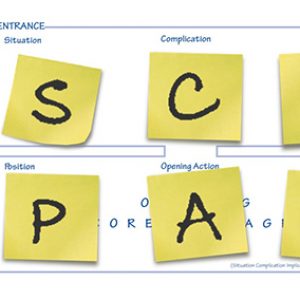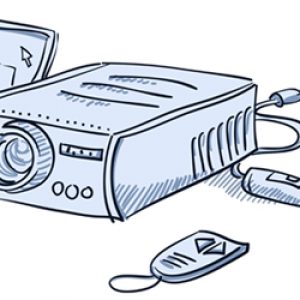
Memory almost full. Imagine that warning flashing brightly on the forehead of every audience member. A successful presentation isn’t just about the speaker’s dynamic energy or their confident manner in front of an audience. Without compelling, easy to follow content, it doesn’t matter how comfortable you are in the spotlight. You and your topic will quickly be forgotten.
So how do you ensure lasting, memorable impact? Learn how to be remembered by leveraging the ancient, globally relevant, and scientifically proven rule of three to focus your content, motivate your listeners, and make your executive presence shine.









